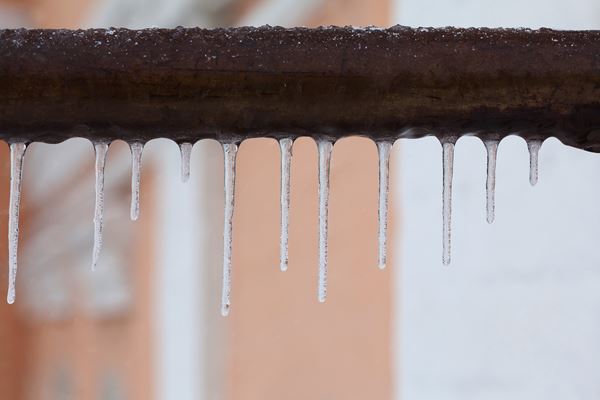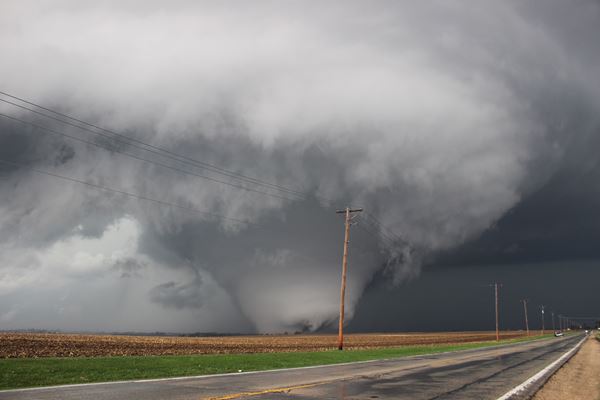Understanding Winter Fire Risks: A Guide for Insurance Adjusters

As winter approaches, property owners must be acutely aware of the heightened risk of fires during the colder months. Understanding these risks and their implications is crucial for insurance adjusters tasked with handling fire claims. In this article, we’ll explore common winter fire hazards and provide practical tips for adjusters to navigate the complexities of fire claims effectively.
Common Winter Fire Risks
1. Heating Equipment
During winter, the use of heating equipment significantly increases. This includes space heaters, furnaces, and fireplaces. If not maintained properly, these can lead to fires. Adjusters should be aware that faulty equipment, lack of maintenance, or improper use often result in significant claims.
2. Electrical Hazards
The demand for electricity surges during winter, leading to overloaded circuits. The increased use of extension cords and power strips for holiday displays, Christmas tree lights, or heaters, for example, are generally not sized properly and can cause electrical fires. This is especially true when used with space heaters, which have a much higher current draw.
3. Cooking Fires
Winter is a time for gatherings and large meals, which can increase the risk of cooking fires. Adjusters should note claims related to kitchen fires during holiday events and family gatherings, which may involve negligence or accidents.
4. Flammable Materials
The storage of flammable materials such as firewood, charcoal, cleaning supplies, and chemicals can become a risk if not managed properly. Adjusters should pay attention to how these materials were stored, especially in relation to heat sources.
5. Non-Electrical Fuel-Powered Heating Devices
Using non-electric fuel-powered heating devices, like kerosene heaters and kerosene-fueled torpedo heaters, indoors can quickly lead to carbon monoxide poisoning and presents a significant fire hazard. These devices are not designed for indoor use and pose serious safety risks when operated in enclosed spaces.
6. Snow and Ice Accumulation
Accumulated snow and ice can block exhaust and intake pipes positioned near ground level, leading to a dangerous buildup of carbon monoxide. Additionally, snow and ice can obstruct the bypass vents on natural gas and propane regulators, potentially causing them to malfunction. Falling snow or ice from roofs and other overhead structures can also damage these regulators and their associated piping, increasing the risk of system failure.
Tips for Adjusters Handling Fire Claims
1. Conduct Thorough Investigations
When handling fire claims, a comprehensive investigation is vital. Look for potential causes, such as heating equipment failure, electrical issues, or improper storage of flammable materials. Collect evidence, interview witnesses, and review maintenance records to support your assessment.
2. Understand Local Codes and Regulations
Familiarize yourself with local building codes and fire safety regulations. This knowledge can help determine if the property owner was compliant and if any negligence contributed to the fire. Understanding regulations related to heating equipment and electrical installations can provide valuable context in claims discussions.
3. Assess the Impact of Seasonal Factors
Evaluate how seasonal factors contributed to the fire. Consider whether weather conditions, such as heavy snowfall or ice, exacerbated the situation. Documenting these elements can be crucial in understanding liability and the extent of damage.
4. Engage with Fire Marshals
Collaborate with fire marshals or local fire departments when investigating claims. Their expertise can provide insights into the cause of the fire and help substantiate your findings.
5. Document Everything
Thorough documentation is essential in the claims process. Keep detailed records of all communications, findings, and decisions made during the investigation. This documentation will be invaluable if the claim is disputed or if further clarification is needed.
As winter approaches, the risk of fires in properties escalates. For insurance adjusters, understanding these risks and conducting thorough investigations is paramount in effectively managing fire claims. By staying informed about winter hazards and employing best practices, adjusters can help ensure fair outcomes for policyholders and contribute to safer environments during the cold months.
Our experts are ready to help.



